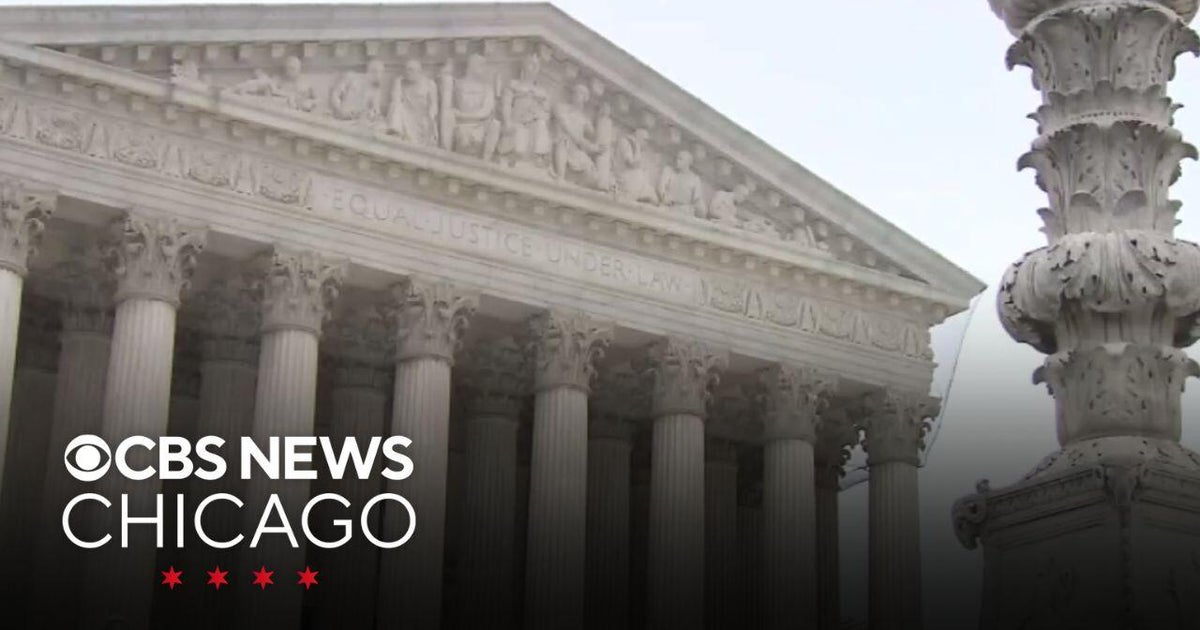
Supreme Court Rejects Trump’s Bid to Keep $2 Billion in Foreign Aid Frozen
So, here’s a major development in U.S. politics—The Supreme Court has just ruled against former President Trump’s attempt to keep nearly $2 billion in foreign aid funding frozen. This means the money, which was initially blocked under Trump’s policy, will now be released to USAID and State Department contractors who had already completed work before the funding freeze took effect.
Now, let’s break this down. The case reached the Supreme Court after a lower court, led by U.S. District Judge Amir Ali, ordered the government to release these funds. The Trump administration had put a 90-day hold on foreign assistance, citing executive power and the need for oversight. But nonprofits and contractors who rely on this funding fought back, arguing that the freeze was unconstitutional and devastating to their operations. They claimed it had put them in financial turmoil, forcing layoffs, contract breaches, and even endangering personnel in conflict zones.
Also Read:- Vikings Make a Bold Move: Jonathan Allen Joins on a 3-Year, $60M Deal
- A Spectacular Total Lunar Eclipse is Coming Soon!
The Supreme Court ruled in a tight 5-4 decision, with Chief Justice John Roberts and Justice Amy Coney Barrett siding with the liberal justices. The conservative justices, including Clarence Thomas, Samuel Alito, Neil Gorsuch, and Brett Kavanaugh, dissented strongly. Justice Alito, in particular, called the ruling a case of judicial overreach, arguing that a single district judge should not have the power to force the government to pay such a massive sum of taxpayer money.
Despite these objections, the ruling stands, and the aid will now be distributed. This decision is a significant setback for Trump’s broader effort to exert more direct control over foreign aid distribution. His administration argued that releasing the funds without additional scrutiny could lead to fraud and abuse, but the Supreme Court ultimately determined that the government must comply with prior commitments and obligations.
For USAID contractors and global aid organizations, this ruling is a huge relief. Many of these programs focus on crucial global issues like disease prevention, economic development, and humanitarian aid. The sudden funding freeze had left them scrambling, some even facing bankruptcy. Now, with the Supreme Court’s decision, these organizations can continue their work, supporting communities worldwide and, in many cases, literally saving lives.
Looking ahead, the legal battle over executive power and foreign aid isn’t over. The district court is set to hold further hearings, and this case could set a precedent for how much control a president has over foreign assistance moving forward. For now, though, this ruling marks a critical moment in the ongoing tug-of-war between the executive branch and the judiciary.
Read More:


0 Comments